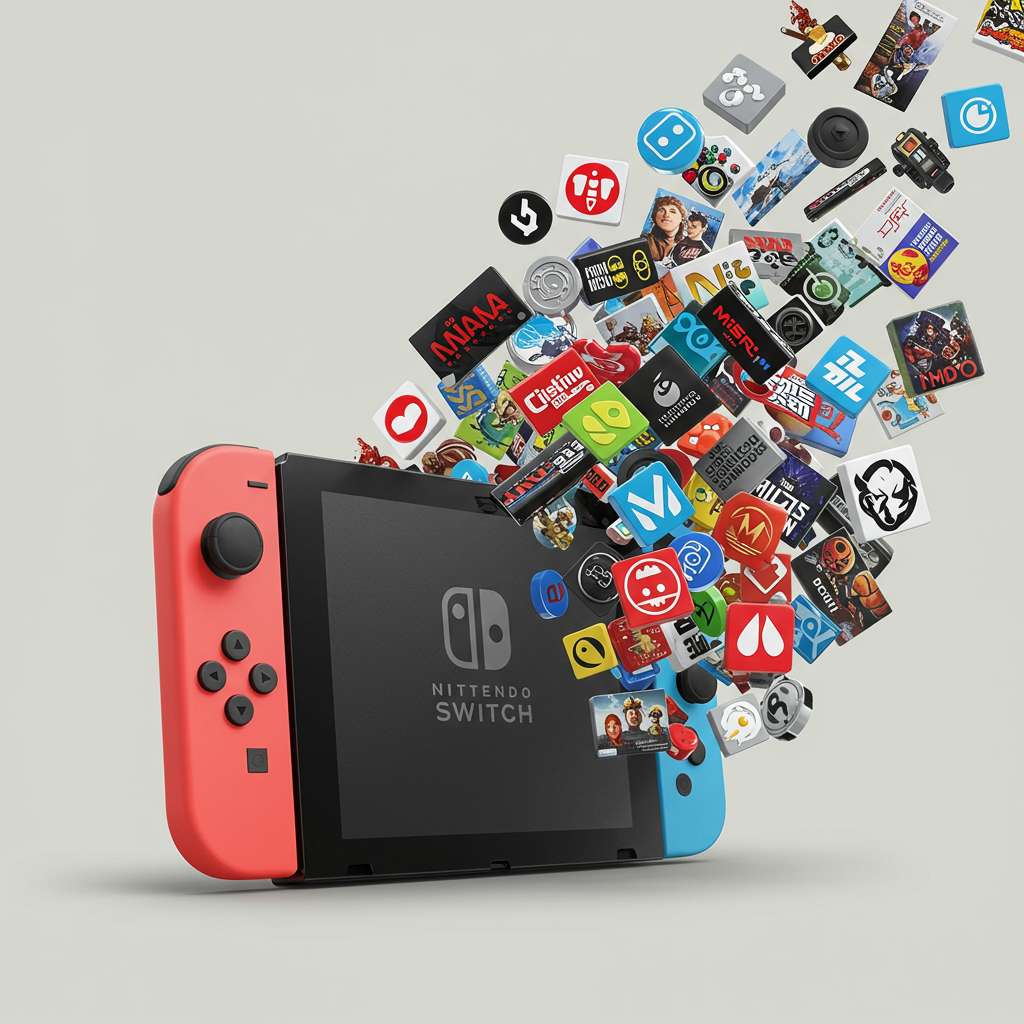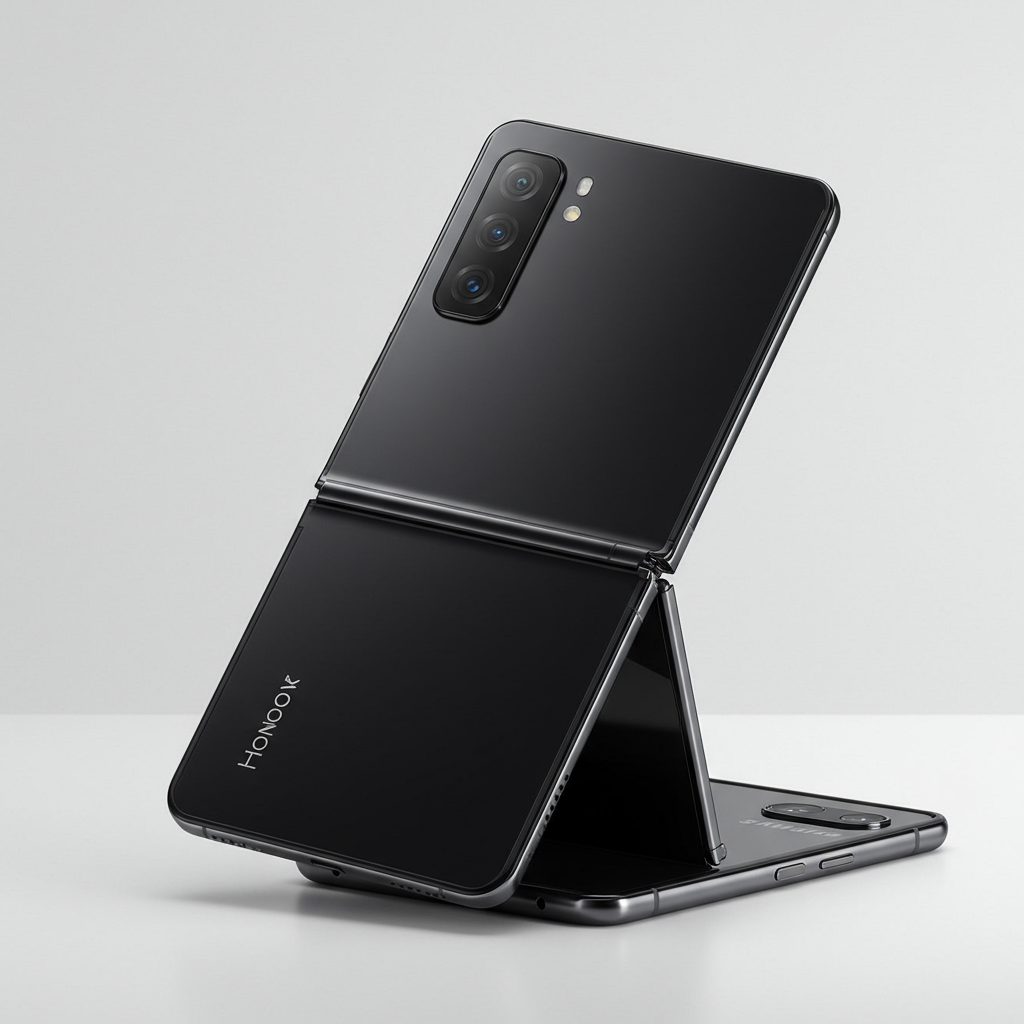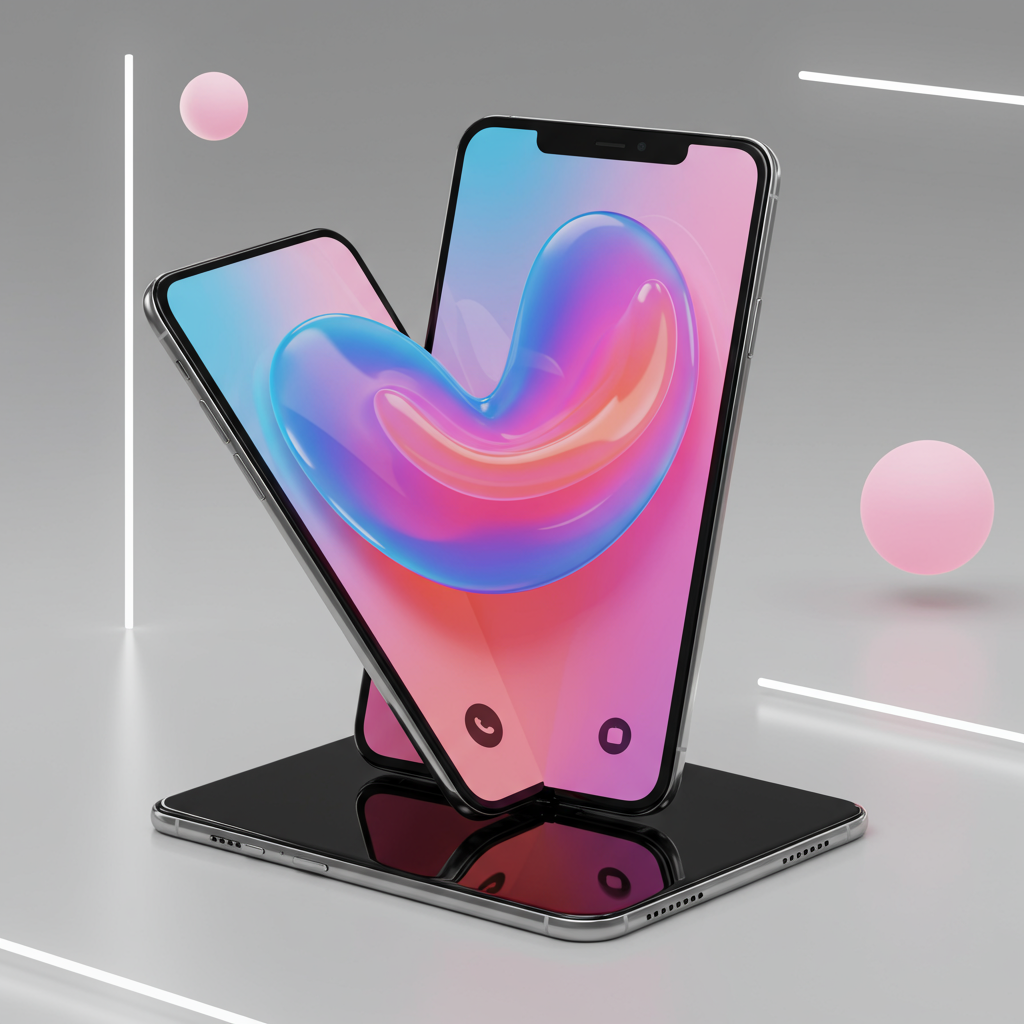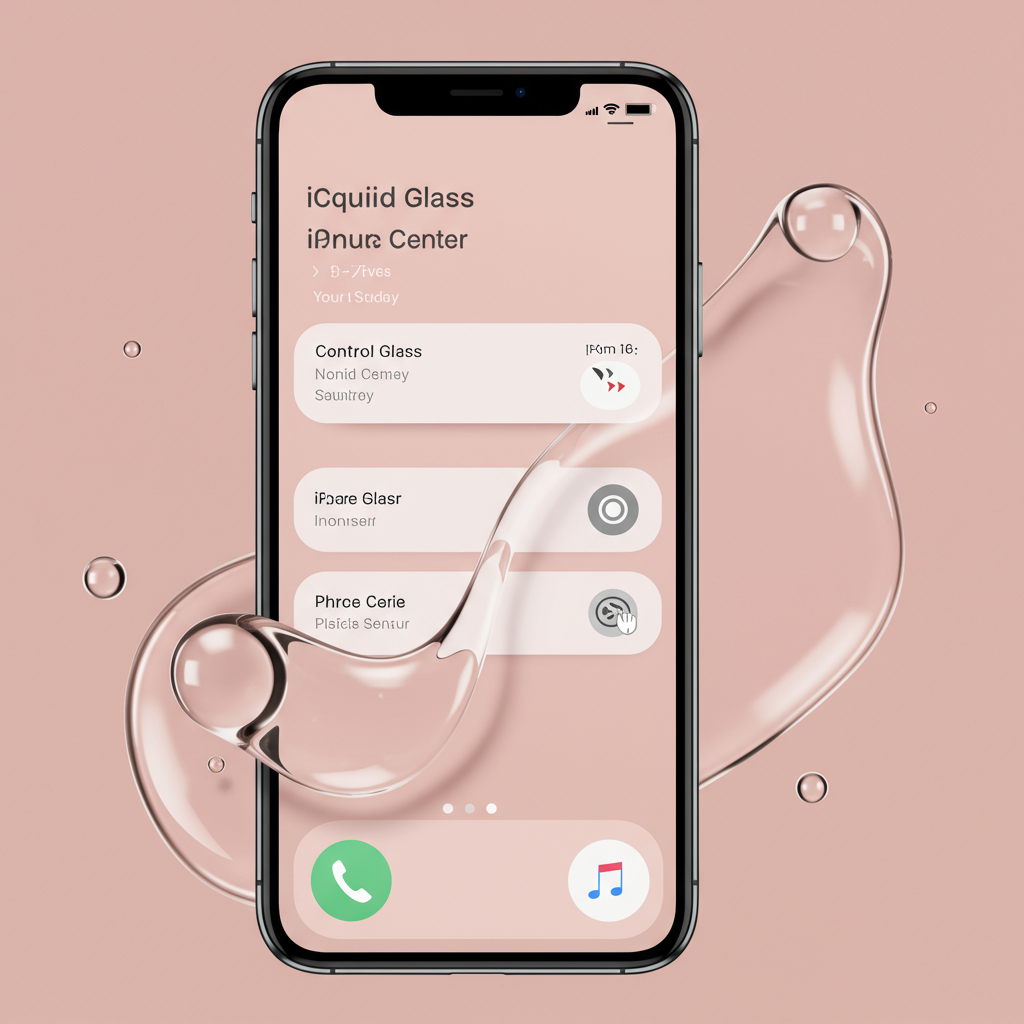nintendo’s Switch successor, the highly anticipated Switch 2, faces a complex competitive landscape. While traditional console rivals like Sony and Microsoft have historically navigated their own paths distinct from Nintendo’s family-friendly focus, the real challenge is increasingly emerging from a surprising source: high-quality games created by other publishers and independent studios that directly challenge Nintendo’s dominance in key genres. This new wave of “Nintendo-style” games, combined with evolving handheld technology and market dynamics, is reshaping the industry and setting the stage for an exciting new era of competition that ultimately benefits players.
Beyond Traditional Console Wars
For years, Sony and Microsoft largely viewed Nintendo as operating in a separate market. According to former PlayStation executive Shuhei Yoshida, Sony’s main focus outside Japan was on Microsoft, due to their similar strategies centered around high-end consoles and mature gaming audiences. Nintendo, with its emphasis on accessibility, local multiplayer, and family-friendly fun, was seen as targeting a different, broader demographic. This perspective meant Nintendo often didn’t feature prominently in competitive analysis outside of Japan, though Sony leadership held immense respect for Nintendo’s role in expanding the overall gaming market. Even the Switch 2’s strong launch sales, reportedly surpassing the PS4’s US record, haven’t seemed to significantly alter this long-held view at Sony.
However, the lines are beginning to blur. The Switch 2 is expected to feature enhanced technical specifications, bringing its handheld capabilities closer to the current-gen experience offered by the PlayStation 5 and Xbox Series X. This narrowing hardware gap encourages speculation and action from rivals. Rumors suggest Sony may be developing a new portable device capable of playing PS5 games natively, potentially offering a more direct challenge than previous efforts like the PlayStation Portal, though such a device is likely years away. Meanwhile, Microsoft has explored bringing Xbox games to the Switch and intends to support the Switch 2, aligning with its broader strategy to make Xbox accessible on various devices. Yet, the most compelling competition isn’t solely about hardware; it’s increasingly about the software itself.
The Rise of Nintendo-Style Challengers
Historically, many attempts to replicate the magic of Nintendo’s first-party titles fell short. “Clones” often lacked the polish, depth, or sheer joy of the originals. That trend is changing dramatically. Other developers are now crafting games that genuinely rival the quality and appeal of Nintendo’s most beloved franchises.
Astro Bot: Setting a New Standard
A prime example is Astro Bot, developed by Sony’s Team Asobi. This platformer was a revelation, achieving what many considered “Nintendo-level” quality and sweeping up numerous Game of the Year awards in 2024. Its success wasn’t necessarily due to massive scale but rather a focused approach: a relatively small team of around 60 people, a concise gameplay length of about 12 hours, and a constant, rigorous review process prioritizing player happiness above all else. This stands in contrast to the often lengthy development cycles seen even at Nintendo, such as the 2019 reboot of Metroid Prime 4. Astro Bot proved that non-Nintendo studios can deliver platforming excellence that challenges the very best.
Racing Rivals Hit Top Gear
Nintendo’s dominance in the kart racing genre, primarily with Mario Kart, has long seemed unassailable. However, Sega’s Sonic Team, led by Takashi Iizuka, is taking a direct shot with Sonic Racing: CrossWorlds. Even facing the launch week of Nintendo’s own Mario Kart World, CrossWorlds impressed with its high-speed gameplay and crisp, kinetic PS5-level graphics. While its character roster may not match Mario Kart World‘s sheer size, and guest characters like Hatsune Miku or SpongeBob might feel more like superficial additions than true franchise extensions, the core racing experience is deemed comparable to a modern Nintendo racer. Unique features like mid-race ring portals add a fresh twist. Crucially, CrossWorlds, launching September 25 across all major consoles, offers cross-play, something Nintendo’s flagship racer currently lacks.
Party Games Get a Blocky Makeover
The multiplayer party game genre is another area where Nintendo, specifically with the Mario Party series, has reigned supreme. Now, developer SMG Studios is entering the arena with Lego Party. The title makes no secret of its inspiration – it is, quite explicitly, Mario Party but with Legos. While perhaps creatively straightforward, this approach results in undeniable fun. The game features a board constructed from scanned Lego bricks, turn-based movement, diverse minigames, booby traps, and integrates building decisions directly into the gameplay. Set for release later this year on all consoles, Lego Party aims to capture the chaotic, competitive spirit of the genre while adding its own distinct blocky humor and mechanics, potentially offering a compelling alternative for players outside the Nintendo ecosystem.
Breathing New Life into Classic Genres
Nintendo’s appeal also lies in its deep well of classic games and its continued strength in revitalizing retro genres. The Switch has become an easy-emulation machine, with the Switch 2 expected to expand this to include GameCube titles. Yet, here too, independent studios are pushing boundaries, creating modern games with retro sensibilities that offer fresh takes on beloved formulas.
Platforming Prowess
While Nintendo’s upcoming Donkey Kong Bananza promises grand scope from the Super Mario Odyssey team, other games cater to specific platforming tastes. Team Meat’s Super Meat Boy 3D, due in 2026, translates the original’s challenging velocity and difficulty into an isometric 3D world. Its focus on precise physics and an abundance of traps directly appeals to players who crave rigorous platforming experiences, potentially scratching an itch not always addressed by more broadly accessible titles like Astro Bot.
Indie Takes on Zelda & Metroid
The adventure and Metroidvania genres, synonymous with Nintendo, are also seeing exciting independent takes. Moonlighter 2, shifting from its predecessor’s 2D perspective to 3D, offers a “Zelda-but-roguelike” experience, incorporating unique shopkeeper mechanics that set it apart. Mina the Hollower, from Shovel Knight developer Yacht Club Games, captures the feel of a classic 2D Zelda game but introduces a phenomenal burrowing mechanic that adds strategic depth to both combat and environmental puzzles. These titles demonstrate how indie developers can reinterpret established genres with innovative gameplay twists.
Modern Brawlers & Action
Even classic arcade-style action genres are seeing high-quality revivals from non-Nintendo studios. Ninja Gaiden: Ragebound is described as an immaculate recreation of the NES trilogy’s side-scrolling action, updated with variable difficulties. Following in the footsteps of successful modern beat-’em-ups like Streets of Rage 4 and Teenage Mutant Ninja Turtles: Shredder’s Revenge, Tribute Games’ upcoming Marvel Cosmic Invasion feels authentically rooted in the 1990s arcade era but incorporates modern design principles like unique character movesets and tag-team combos reminiscent of fighting games, creating deep and engaging combat.
Platform Competition & Market Dynamics
Beyond specific game genres, the broader handheld market is becoming more competitive. Valve’s decision to expand SteamOS beyond the Steam Deck, allowing other manufacturers like Lenovo to use it, introduces a new dynamic. While Windows-based handhelds exist, SteamOS offers a superior, console-like user experience optimized for gaming. This could make powerful PC handhelds more accessible to a broader audience used to the Switch’s ease of use, providing access to the vast Steam library and its many multiplatform titles.
However, Nintendo still holds significant advantages. Its ability to potentially subsidize hardware costs through software sales allows for competitive pricing. More importantly, Nintendo possesses an unparalleled library of exclusive, first-party franchises like Zelda and Metroid that remain major system sellers and cannot be played elsewhere. While competitors are rising, Nintendo’s unique position and software strength mean it is likely to remain a dominant force, despite the increased activity in the handheld and genre-specific markets.
Why Competition Benefits Everyone
Ultimately, the emergence of high-quality, genre-challenging games from developers outside Nintendo is a positive development for the entire industry. It validates the appeal of these game types and proves that “Nintendo-level” polish and player-focused design can be achieved by others. This increased competition raises the bar for quality and innovation across the board. It pushes developers, including Nintendo itself, to be more creative, efficient, and player-centric. As the “game war,” which Nintendo has historically sought to avoid, heats up in unexpected ways, players stand to gain from a wider variety of excellent games and potentially even better future titles from the industry titans.
Frequently Asked Questions
Why are non-Nintendo games suddenly considered competition for the Switch 2?
Historically, few non-Nintendo games truly matched the quality and polish of Nintendo’s first-party titles in specific genres like platformers or party games. However, recent releases like Astro Bot (a critically acclaimed platformer that won Game of the Year), Sonic Racing: CrossWorlds, and Lego Party demonstrate that other developers can now create high-quality experiences that directly rival Nintendo’s flagship franchises, offering compelling alternatives to players.
What specific types of non-Nintendo games are challenging Nintendo’s genres?
Competition is appearing across several genres traditionally dominated by Nintendo. These include high-quality platformers (Astro Bot, Super Meat Boy 3D), arcade racers (Sonic Racing: CrossWorlds), party games (Lego Party), retro-inspired adventure/RPG titles with unique twists (Mina the Hollower, Moonlighter 2), and modern takes on classic brawlers (Marvel Cosmic Invasion, Ninja Gaiden: Ragebound).
How might this new competition affect Nintendo’s strategy or the Switch 2’s success?
While Nintendo’s strong brand, exclusive first-party library (like Zelda and Metroid), and potential hardware pricing remain significant advantages, the rise of high-quality alternatives in key genres puts pressure on Nintendo to continue innovating and delivering top-tier experiences. Increased competition from both software rivals and evolving handheld platforms like SteamOS devices could push Nintendo to respond with even more creative and polished games, ultimately benefiting consumers and raising the overall quality standard in the industry.
Competition is heating up in the world of handheld gaming, and the Nintendo Switch 2 faces challenges from unexpected corners. It’s clear that the industry is evolving, with talented developers across the globe pushing the boundaries of quality and innovation in genres long synonymous with Nintendo. This dynamic landscape promises exciting times ahead for players, offering more choice and higher quality experiences than ever before.




